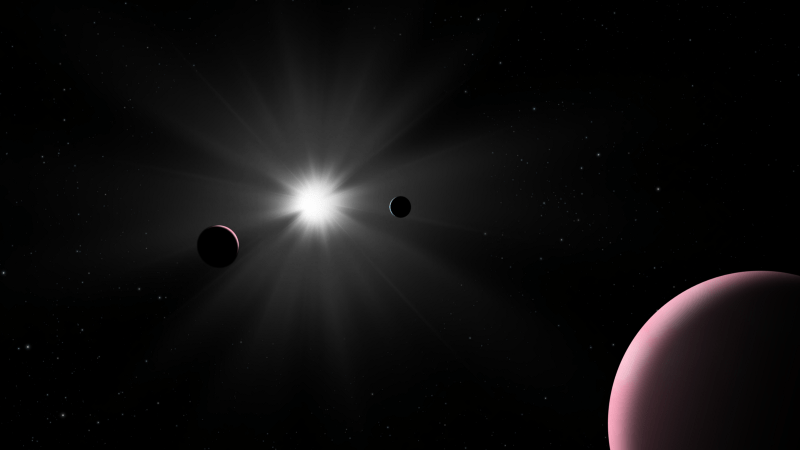Here is a quick summary. Astronomers used to assume that planets as big as 2x Earth diameter could be rocky planets. But now we know that most planets bigger than 1.3 Earth diameter are mini Neptunes. Although sometimes rocky planets can get as big as 1.5 Earth diameter.
Neptune’s diameter is about 50 megameters. Earth’s diameter is 12.7 megameters. So per the article, most planets bigger than a 16.5 megameter diameter is probably a mini Neptune. Although a rocky planet could be as big as a 19 megameter diameter.
Oh wow! That’s why Andy Weir made Erid 1.5x Earth diameter.
So we can deduce that the density and volume of the gas envelope is a function of the mass of the planet, the temperature of the star and the distance of the planet’s orbit. This would mean, generally, that rocky planets are most common closer to the star than gas giants, and so the configuration we see here is not uncommon. This would also mean an earth sized planet occupying an orbit a little farther out would be bigger with a larger gas envelope, and that in our orbit the planet would be bigger and have one.
That is an interesting observation. This means that dwarf stars, which are much more common than a star like the sun, are very unlikely to have a rocky planet with the same size and orbit of Earth. But a giant star like Betelgeuse might have a rocky planet much bigger than Earth. Although a full orbit of Betelgeuse would take a long time.
This tells us something remarkable and unexpected to many: Earth, the largest rocky planet in our entire Solar System, is almost as “super” as a rocky planet can get. If you managed to form an Earth-sized planet early on in your Solar System’s history, it would only need to get a little bit larger and more massive before it became capable of hanging onto volatile molecules like ammonia, methane, and even hydrogen and helium. And once you become rich in volatiles, you’re guaranteed to no longer be rocky, but rather more like Neptune, with a large gas envelope around you.
This I find very interesting. How many definetly rocky Exoplanets have we discovered so far? Or at the Exoplanets we have found so far alla gas giants?



